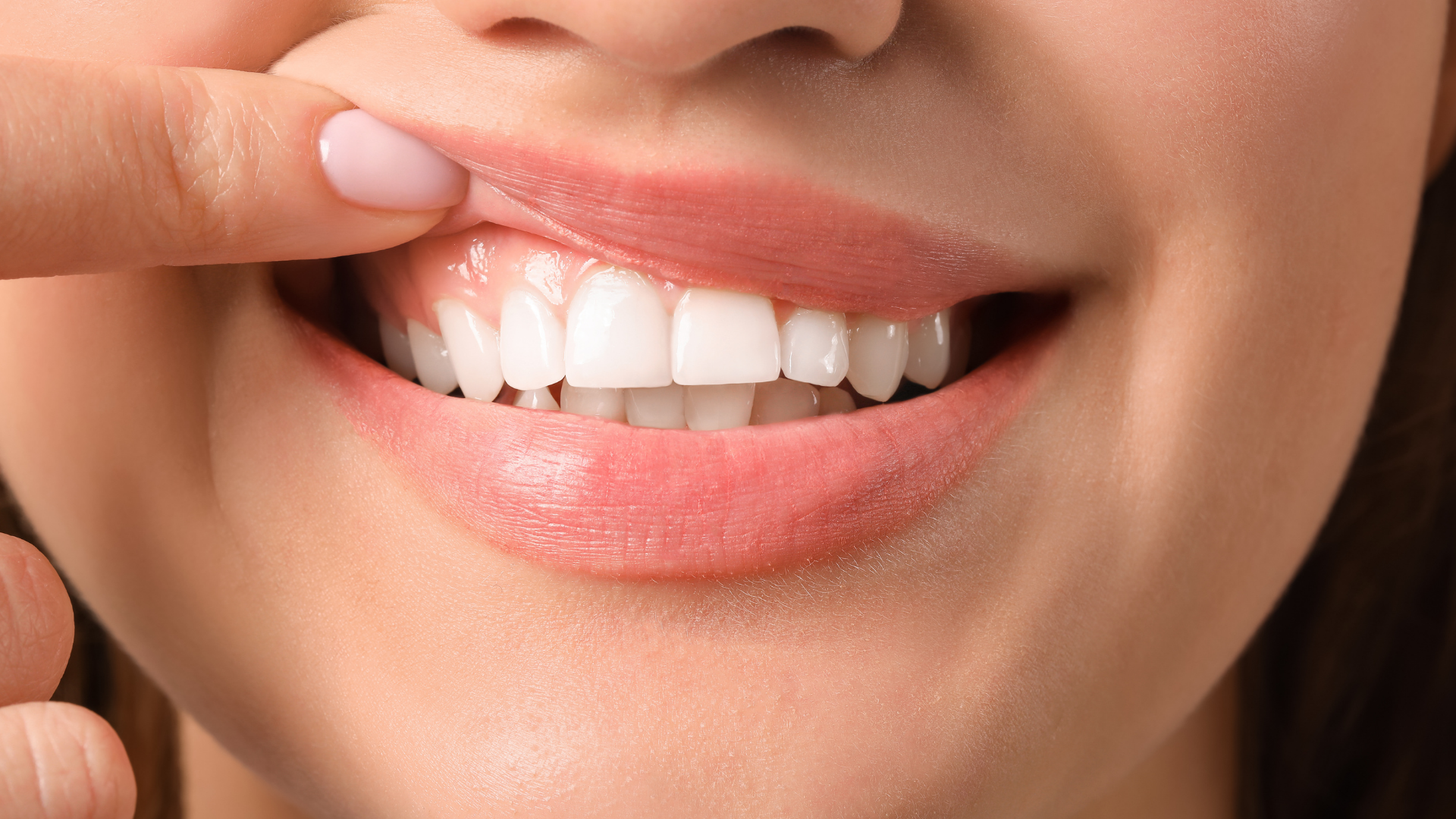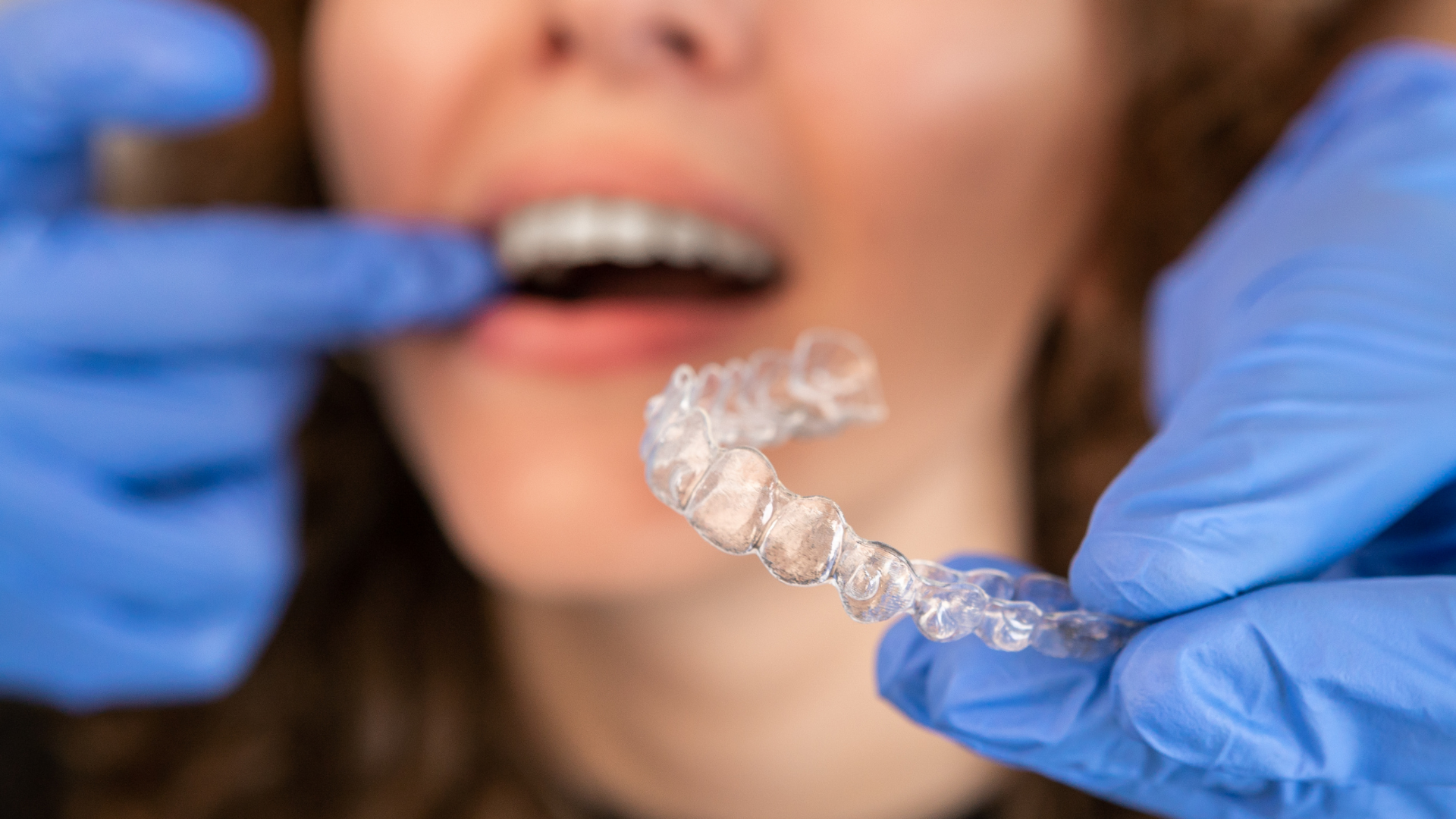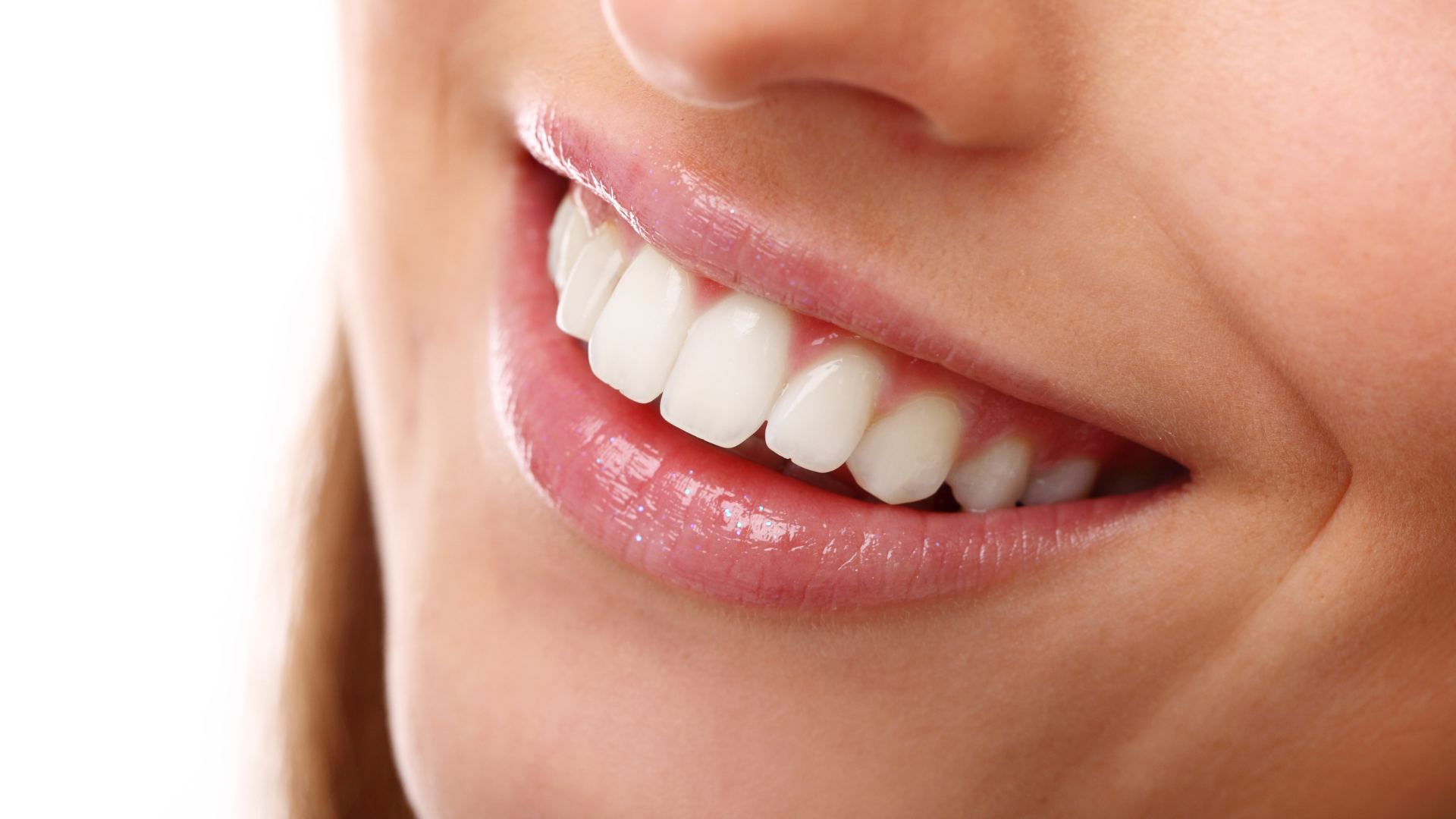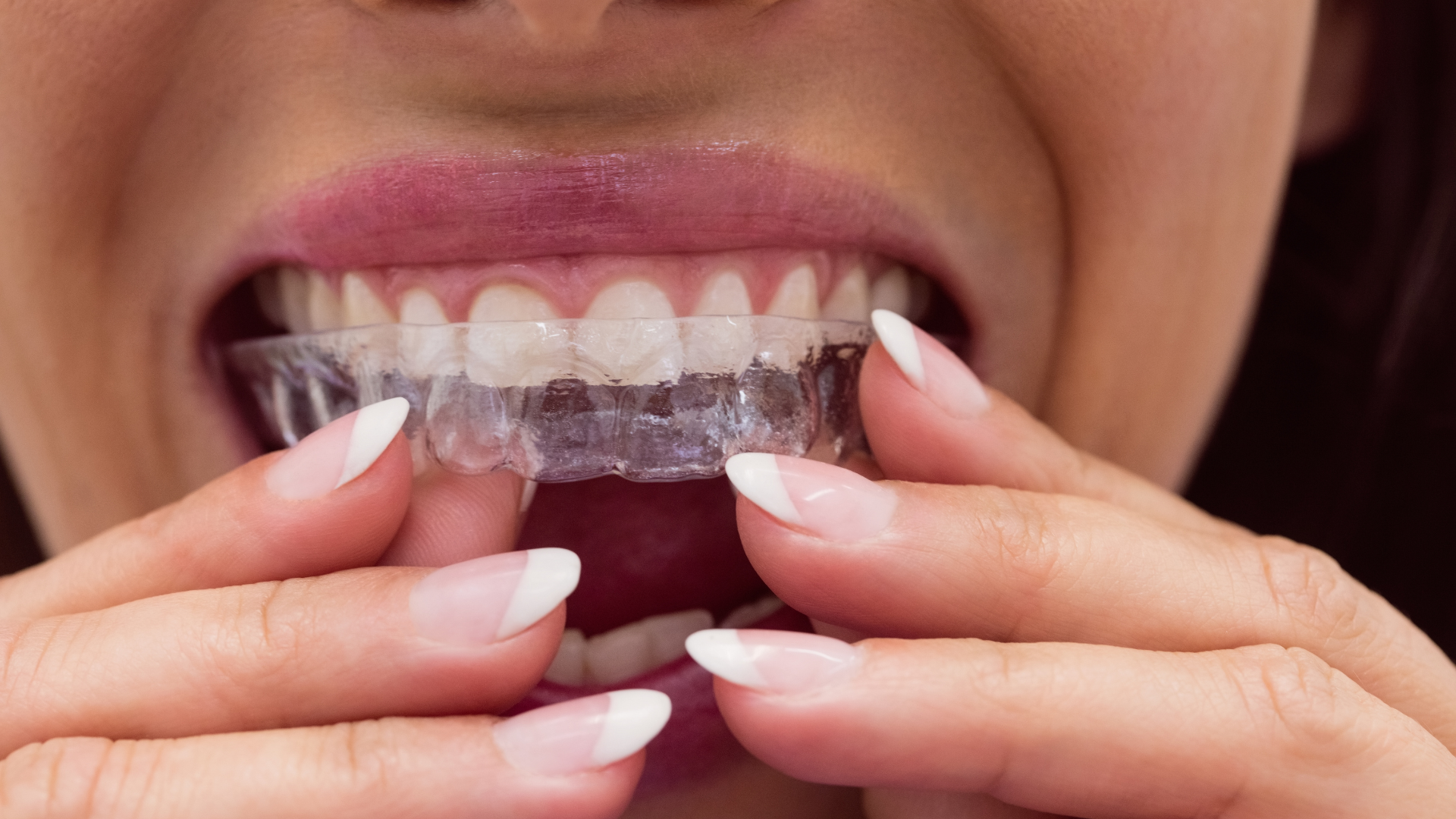Keeping Your Teeth And Gums Healthy
A healthy mouth is crucial for both your physical and emotional well-being. Maintaining a proper oral hygiene routine at home helps keep your teeth and gums in good condition between dental appointments. This blog introduces the different types of dental cleaning, the significance of regular cleaning, and the recommended frequency of cleaning.
It provides detailed instructions on properly caring for your teeth to ensure optimal oral health. By following the guidelines outlined, you will be taking proactive steps toward maintaining a healthy mouth and avoiding costly dental procedures in the future.
Let's delve into some dental statistics to highlight the importance of regular dental cleaning. According to the American Dental Association, over 90% of adults have had cavities in their permanent teeth, and nearly 25% have untreated tooth decay. Moreover, gum disease affects almost half of all adults over 30. These statistics emphasize the importance of regular dental cleaning to prevent and treat these common dental issues.
Brushing: Technique And Frequency
Brushing your teeth may seem mundane, but it plays a crucial role in maintaining good oral hygiene.
The best practice is to brush your teeth after meals and before bed. To be effective, you must brush for 2 minutes or more. Try not to be too rough, but instead very thorough.
The key to effective brushing is using the proper technique. Use a soft-bristled toothbrush at a 45-degree angle to the gum line so the bristles can reach between your teeth. Move the brush in small circular motions for two to three minutes per session, brushing from one side of the mouth to the other. Remember to replace your toothbrush at least every three months or more often. By following these guidelines, you'll take an important step towards maintaining healthy teeth and gums.
Here's a little Trivia you might not know, the history of the toothbrush. The first toothbrush was invented in 1780 by an English entrepreneur, William Addis, using cow bone as a handle and pig hair as bristles. It wasn't until the invention of nylon bristles in 1938 that brush technology started to evolve.

Flossing: Technique And Frequency
Flossing is an essential component of a comprehensive oral hygiene routine. It helps to keep your teeth and gums healthy by removing food particles and pellicles (a biofilm that develops into plaque if untreated) from hard-to-reach areas in the mouth.
When it comes to flossing, there are several types of tools and techniques to choose from.
- Traditional dental floss, a thin strand of waxed or unwaxed nylon, is the most commonly used tool.
- Water flossers, which use a stream of water to remove plaque and food particles,
- Or floss picks small plastic handles with a floss strand attached to the end.
Regardless of the tool you choose, the technique for flossing remains the same. Start by breaking off about 18 inches of floss and wind it around your middle fingers, leaving about an inch of floss in between. Use your thumbs and index fingers to guide the floss between your teeth, being careful not to snap the floss against your gums. Gently curve the floss around the base of each tooth and slide it against the side of each tooth to remove plaque and food particles.
The American Dental Association (ADA) recommends flossing at least once daily or after every meal (if possible). By incorporating flossing into your daily oral hygiene routine, you will take steps toward maintaining healthy teeth and gums.
Routine Professional Teeth Cleaning
Professional dental cleanings maintain good oral health. Three main types of professional cleanings are commonly performed by a dental hygienist.
- The first type is prophylaxis cleaning. This cleaning is a preventative measure that helps to keep your teeth and gums healthy. It involves removing plaque, tartar, and debris from the surface of your teeth and below your gum line using specialized tools such as a scaler. This cleaning is recommended for patients with healthy gums.
- The second type is scaling and root planning. This method is designed to remove tartar from deep below the gum line and smooth out rough surfaces on the roots of teeth that can lead to inflammation. This procedure helps to prevent diseases such as periodontal (gum) disease and cavities in the long term.
- The third type is gross debridement which is also known as deep cleaning. This cleaning removes plaque and calculus from the teeth surfaces and below the gum line to prevent gum diseases such as gingivitis. This is recommended for patients with moderate to advanced gum disease.
Each type of professional cleaning has unique benefits, and your dentist will recommend the appropriate one for you based on your oral health status. You can take an essential step towards maintaining healthy teeth and gums by scheduling regular professional cleanings.
Healthy Nutrition For Healthy Teeth
A healthy diet is crucial for maintaining good oral health. Proper nutrition is vital in keeping your teeth and gums strong and resilient against decay and other dental problems.
When it comes to tooth-healthy foods, choosing options high in calcium, vitamin D, and other essential vitamins and minerals is necessary. Leafy green vegetables such as spinach and kale, as well as fruits and vegetables, are excellent choices. They contain beneficial nutrients like vitamins A and C, which help to strengthen tooth enamel. Dairy products, including milk and cheese, are also excellent sources of calcium.
Limiting sugary snacks and drinks because they harden the enamel and lead to tooth decay. Instead, choose water and sugar-free beverages to keep your teeth and gums hydrated and healthy.
By making the right food choices and maintaining a balanced diet, you can take an important step towards maintaining strong, healthy teeth and gums. Remember, proper nutrition, regular dental cleanings, and consistent oral hygiene practices are fundamental to good oral health.
In conclusion brushing after meals and bedtime with fluoridated toothpaste and flossing helps to prevent plaque buildup. Using interdental cleaners such as water picks or floss sticks can also help to remove plaque and food particles from hard-to-reach areas in the mouth.
Drinking plenty of water throughout the day can also help to keep your teeth and gums healthy by washing away plaque and food particles.
It's also important to schedule regular visits with your dentist so they can assess your oral health status and detect any underlying problems early on.










